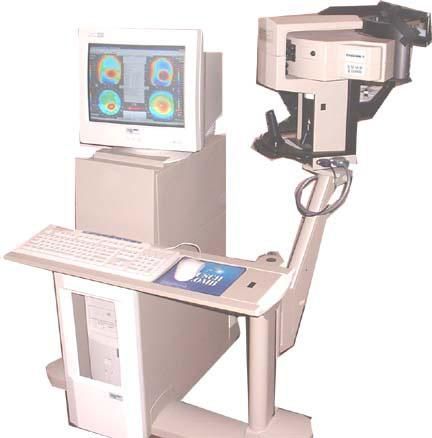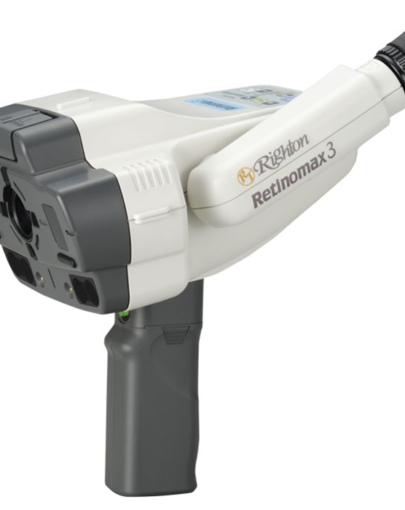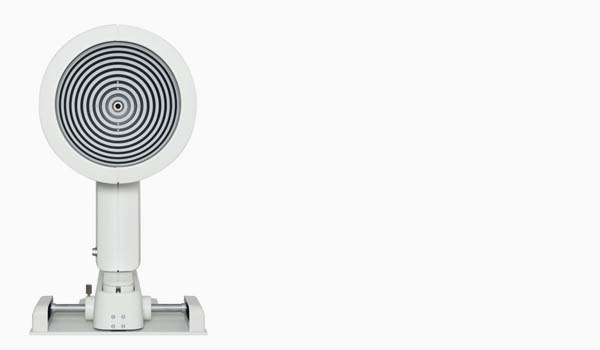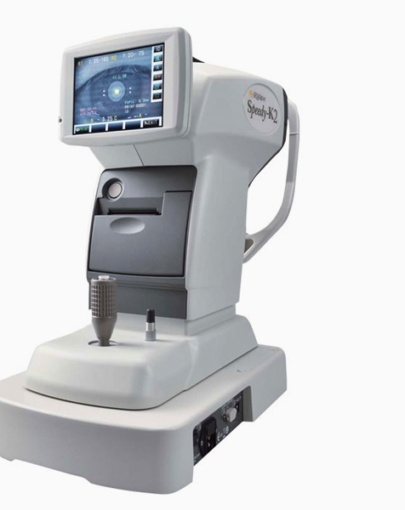Description
The Bausch & Lomb Orbscan II Topographer sets a new standard for precision measurement of the anterior segment of the eye. Utilizing a scanning slit measurement system, the Orbscan II provides the clinician with important diagnostic information about the cornea, iris, and lens. The Orbscan II also provides anterior segment data in the form of topographic surfaces. The state of the art Orbscan II is one of the most technologically advanced corneal topography systems available.
Bausch & Lomb Orbscan II Features:
- The B & L Orbscan II offers critical information that ultimately determines a patient’s candidacy for LASIK. The Orbscan II assists the surgeon in analyzing the shape of the cornea and any irregularities that may exist on its front and back surface.
- The Orbscan II also measures the thickness of the cornea. In order to have LASIK, the cornea must have enough tissue to allow for the flap and still have enough tissue to remove to compensate for the amount of your refractive error. If the cornea is too thin or shows the early signs of a progressive thinning of the cornea called keratoconus, you may possibly be a candidate for LASEK or PRK instead of LASIK.
- The output of the Orbscan II, called elevation topography, is a three-dimensional mapping of the contours of the eye. Some diagnostic devices measure only the front surface of the eye. Elevation topography available in the Orbscan II enables clinicians to accurately visualize the shape of abnormal corneas, which leads to more accurate diagnoses and more consistent surgical results.




